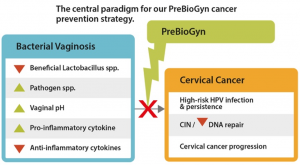Understanding Dental Veneers
Dental veneers are a revolutionary solution in cosmetic dentistry, designed to enhance smiles by addressing imperfections like discoloration, chips, gaps, or misalignment. Unlike orthodontic treatments, veneers provide immediate aesthetic improvements. This article explores what veneers are, their types, and how they work, offering insights into why they’ve become a popular choice for smile transformations.
1. What Are Veneers?
Veneers are ultra-thin, custom-made shells bonded to the front surface of teeth. Crafted from materials like porcelain or composite resin, they mimic natural tooth enamel in color and texture. Key characteristics include:
- Non-invasive options: Some veneers require minimal enamel removal.
- Customization: Tailored to match facial symmetry and skin tone.
- Versatility: Correct multiple issues (stains, chips, gaps) simultaneously.
2. Types of Veneers
- Durability: Last 10–15 years with proper care.
- Aesthetics: Mimic natural translucency and resist staining.
- Process: Typically requires two visits (preparation and bonding).
Composite Veneers
- Affordability: Lower cost than porcelain.
- Speed: Applied in a single visit.
- Reversibility: Easily repaired or removed.
Lumineers®
- Minimal-prep: Thinner than traditional veneers, preserving enamel.
- Flexibility: Ideal for patients seeking conservative treatments.
3. Benefits of Veneers
- Instant Results: Transform smiles without lengthy procedures.
- Natural Appearance: Advanced materials blend seamlessly with natural teeth.
- Stain Resistance: Porcelain resists coffee, wine, and smoking stains.
- Confidence Boost: Address aesthetic concerns impacting self-esteem.
4. The Science Behind Veneers
Modern veneers leverage CAD/CAM technology for precision. Dentists use digital scans to design veneers that align with the patient’s bite and facial structure. Clinics like Smile Creators dental clinic in Miami employ 3D printing for flawless customization.
5. Who Is a Candidate?
Veneers are ideal for individuals with:
- Healthy teeth and gums.
- Minor cosmetic issues (e.g., stains, small gaps).
- Realistic expectations about results.
Note: Severe misalignment may require orthodontics before veneers.
6. Veneers vs. Alternatives
- Bonding: Less durable but cheaper for minor fixes.
- Crowns: Cover entire teeth; better for structural damage.
- Whitening: Only addresses discoloration, not shape or alignment.
Conclusion
Dental veneers offer a blend of artistry and science, empowering individuals to achieve their dream smiles. While they aren’t a one-size-fits-all solution, advancements in materials and techniques make them a versatile option in cosmetic dentistry.







